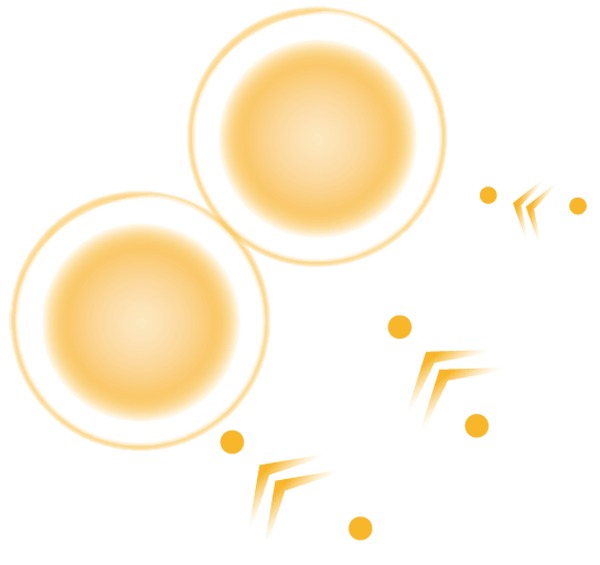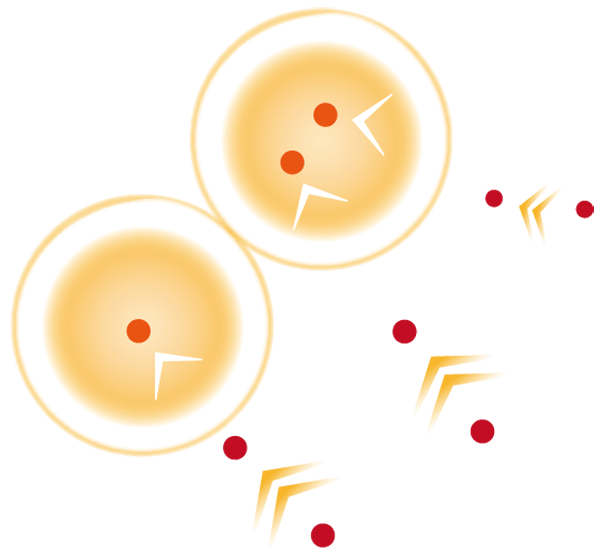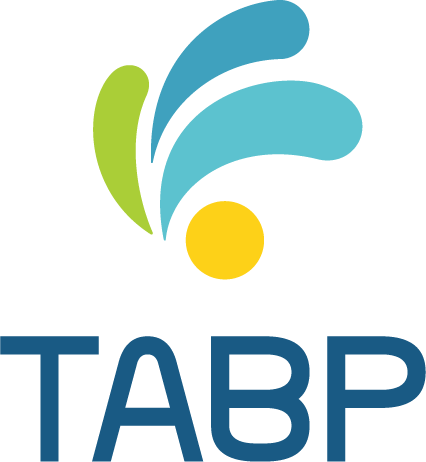台灣尖端先進生技醫藥股份有限公司TAIWAN ADVANCE BIO-PHARMACEUTICAL INC.
R & D Center
Protein drug development
Drug development platform for transcription factor
Transcription factors are macromolecular proteins that directly regulate the gene expression and affect biological functions. The best well-known transcription factors are so-called “Yamanaka Factors”, which can reprogram somatic cells into pluripotent stem cells, discovered by Shinya Yamanaka, the Nobel Laureates in Physiology or Medicine 2012.
In the past, classic drug development worked with small, chemical-synthesized molecules whereas the macromolecules proteins, also known as biologics, have been increasing the market share over last decade due to its high target-specificity, less side-effects and low toxicity. However, entering the cell nucleus of large molecules is a challenge and restricts the therapeutic protein development.
With advanced technology platform of delivering the transcription factor as a drug into the cells and directly controlling the gene expression, TABP established a novel mechanism of action of biologics. As a result, more transcription factors can be developed and we can further exploit the therapeutic treatment with this breakthrough technology platform.
Technical platform implement case : TAT-HOXB4
HOXB4 encoded protein functions as a sequence-specific transcription factor that regulates self-renewal and proliferation of hematopoietic stem cells (HSCs). With our technology platform, we aim to make it a potential candidate for therapeutic stem cell expansion.
- HSCs Therapy : Transplant the ex vivo-expanded HSCs to increase the implantation success rate and HSCs homing ratio for the patients.
- HSCs mobilization : Rapidly mobilize HSCs from bone marrow into circulation.
- Cancer therapy : Rapidly shorten the recovery periods from neutropenia and strengthen immune system of cancer patients after chemoradiotherapy.
Protein drug development processes
| Stage of development | Details |
|---|---|
| Discovery | Target discovery |
| Patent analysis | |
| Candidate evaluation | |
| Expression system selection | |
| Process development | |
| Functional studies | |
| Characterization analysis | |
| Pre-clinical | In vitro assay |
| Disease induced mouse model | |
| Orthotopic tumor model | |
| Tumorigenicity analysis | |
| PD/PK analysis |











